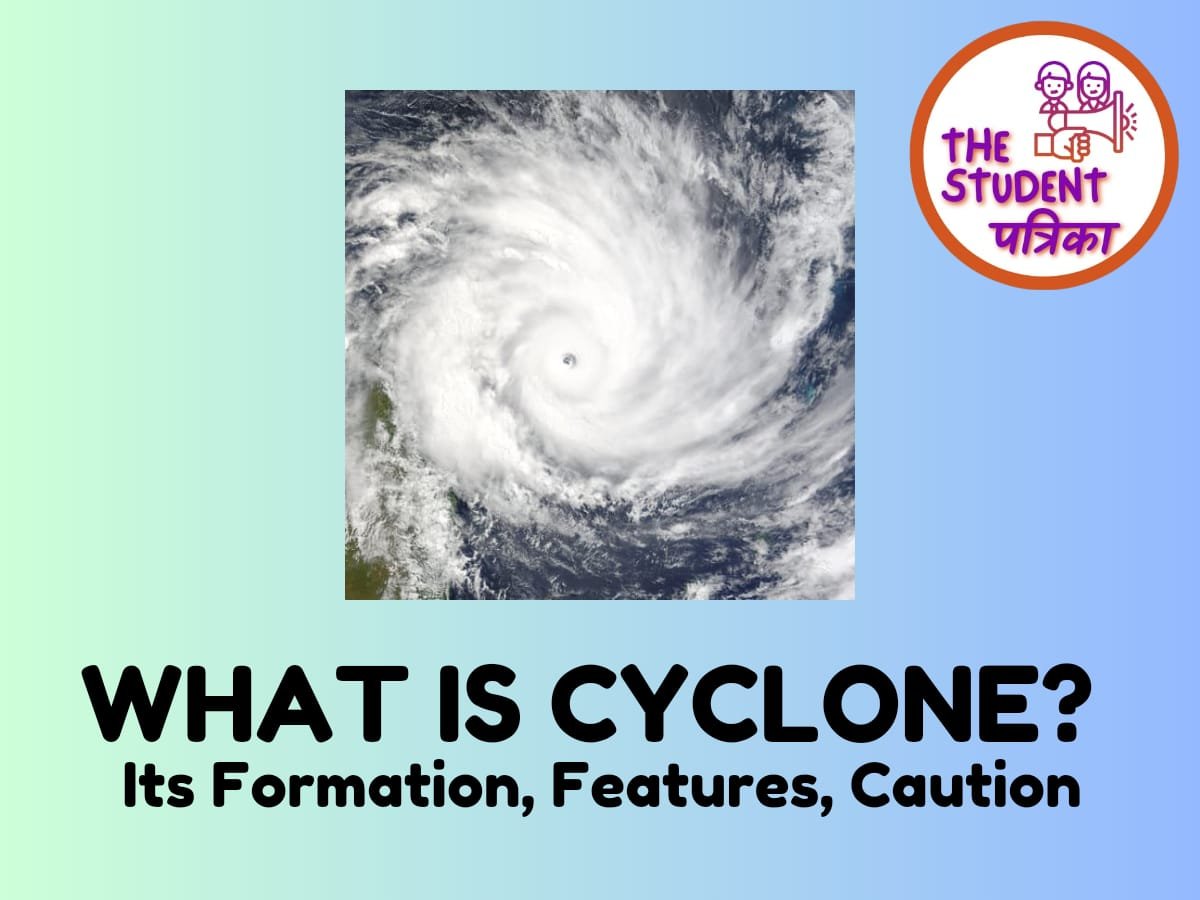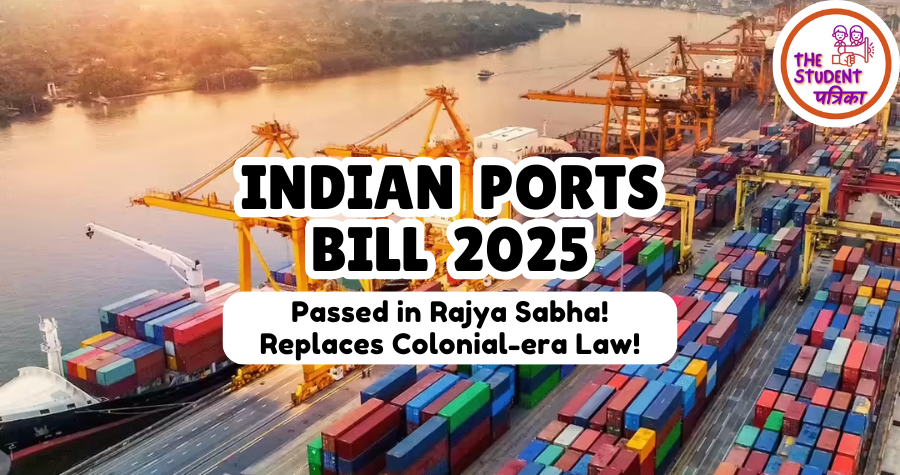
What is a Cyclone?
A cyclone is a large-scale weather system characterized by a low-pressure center and strong circulating winds. It is also known as a hurricane, typhoon, or tropical cyclone depending on the region. Cyclones typically form over warm ocean waters near the equator and are fueled by the release of latent heat from water vapor condensing into clouds and rain.
Formation of Cyclones:
Cyclones are formed through a series of complex processes. The key factors contributing to their formation include warm sea surface temperatures (above 26.5°C or 80°F), a pre-existing weather disturbance such as a low-pressure system, sufficient Coriolis effect (caused by the Earth's rotation), and moist atmospheric conditions. The process can be broadly described as follows:
- Disturbance: A weather disturbance, such as a tropical wave or an area of low pressure, initiates the formation of a cyclone.
- Warm Water: The ocean's warm surface waters provide the necessary energy for the cyclone's development. As the warm air rises, it creates an area of low pressure at the surface.
- Spin and Organization: The Coriolis effect causes the air to rotate around the low-pressure center. As the system gains strength, it begins to organize into distinct spiral rain bands around the eye, which is a relatively calm area at the center.
- Mature Cyclone: The cyclone continues to intensify as more warm, moist air is drawn into the system. The low-pressure center becomes more defined, and wind speeds increase.
- Landfall or Dissipation: A cyclone may make landfall, causing severe damage, or it may dissipate over the cooler waters or land due to various factors like wind shear or interaction with land masses.
The key features of a cyclone include:
Low-Pressure Center: Cyclones have a well-defined center of low atmospheric pressure. Air flows inward towards this center due to the pressure gradient created by the surrounding higher-pressure air.
Circular Wind Patterns: Cyclones are characterized by strong circulating winds that spiral around the central low-pressure region. These winds rotate counterclockwise in the Northern Hemisphere and clockwise in the Southern Hemisphere due to the Coriolis effect caused by the Earth's rotation.
Eye: At the center of a cyclone, there is a relatively calm and clear area known as the eye. The eye is surrounded by a circular wall of clouds and is usually a few kilometers to tens of kilometers in diameter.
Rain Bands: Cyclones are associated with bands of clouds that spiral outward from the center. These rain bands contain intense rainfall, strong winds, and thunderstorms. The outermost rain band is typically the most severe and damaging.
Intense Weather Conditions: Cyclones are capable of producing various severe weather conditions, including strong winds exceeding 119 kilometers per hour (74 miles per hour), heavy rainfall leading to flooding, storm surges (abrupt rise in sea level), and tornadoes.
Cyclones derive their energy from the warm ocean waters. As the warm air near the ocean surface rises, it creates an area of low pressure. This draws in more warm, moist air from the surrounding area, leading to the formation and intensification of the cyclone. The release of latent heat from water vapor condensing into clouds and rain further fuels the cyclone's energy.
The intensity and destructiveness of a cyclone are typically measured using different scales, such as the Saffir-Simpson Hurricane Wind Scale (for Atlantic and Eastern Pacific hurricanes) or the Typhoon Intensity Scale (for Western Pacific typhoons).
Safety Measures to Safeguard People from Cyclones:
Cyclones can be extremely dangerous and cause significant damage to coastal areas and inland regions. To safeguard people from cyclones, the following safety measures are crucial:
- Early Warning Systems: Establishing robust meteorological systems to detect and track cyclones, and issuing timely warnings to the public, allowing sufficient time for evacuation and preparations.
- Evacuation Plans: Developing evacuation plans for vulnerable areas and communities, particularly those close to the coast or in low-lying regions. This involves identifying safe shelters and routes to be used during evacuations.
- Public Awareness: Conducting public awareness campaigns to educate communities about cyclones, their potential impacts, and necessary safety measures. This includes disseminating information through various channels like radio, television, social media, and community meetings.
- Building Codes and Infrastructure: Implementing stringent building codes in cyclone-prone areas, ensuring that structures can withstand high winds and storm surge. Constructing cyclone-resistant infrastructure, such as storm shelters, coastal embankments, and flood protection systems.
- Emergency Supplies: Stockpiling essential emergency supplies like food, water, medical kits, and communication equipment in advance to ensure availability during and after a cyclone.
- Coordination and Preparedness: Strengthening coordination among various stakeholders, including government agencies, disaster management authorities, non-governmental organizations, and community groups, to enhance preparedness, response, and recovery efforts.
Comments
Student Patrika [url=http://www.g3pluczuzo8m924y836f1u1m21j8855fs.org/]uiqxtfwrhbi[/url] <a href="http://www.g3pluczuzo8m924y836f1u1m21j8855fs.org/">aiqxtfwrhbi</a> iqxtfwrhbi http://www.g3pluczuzo8m924y836f1u1m21j8855fs.org/










